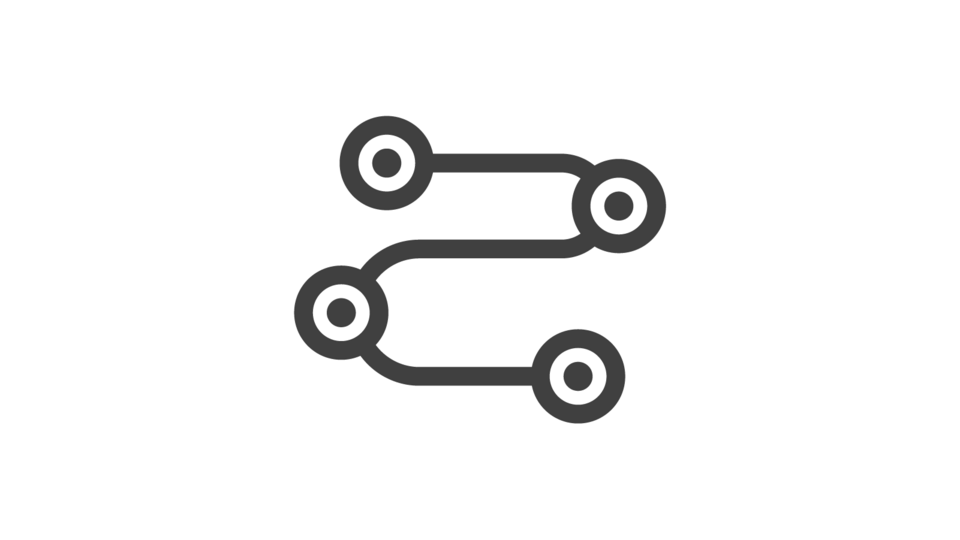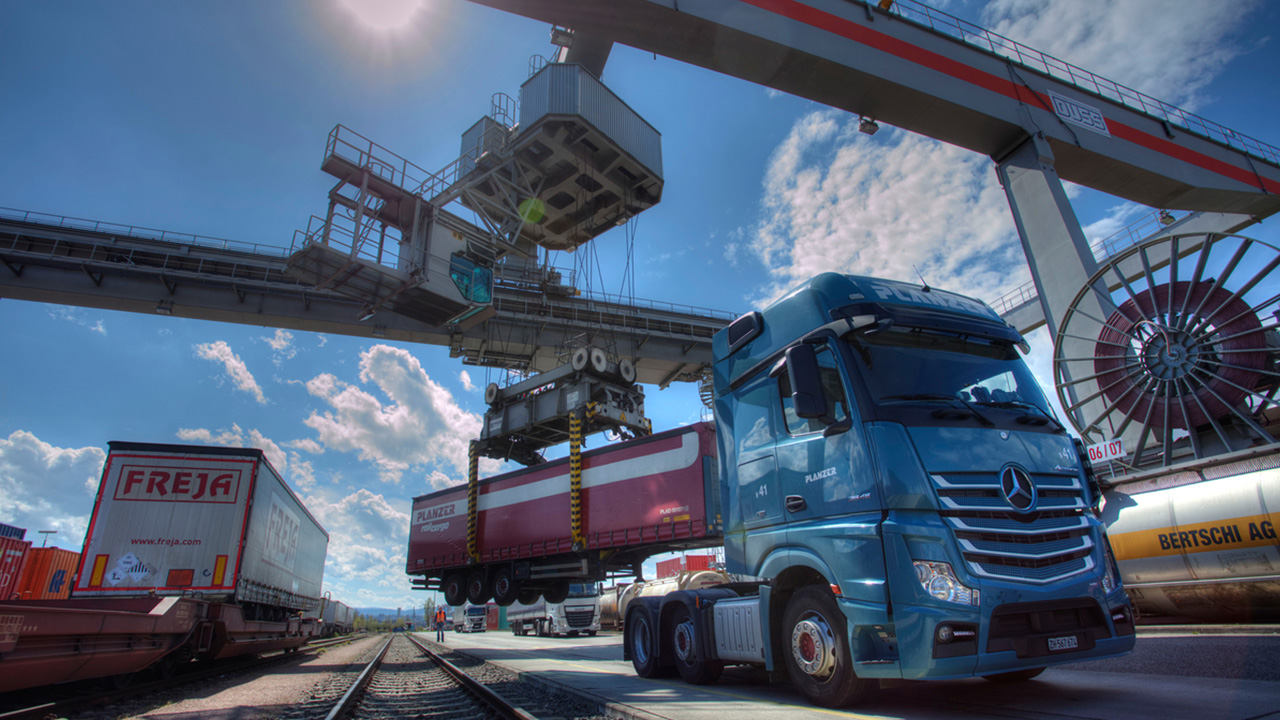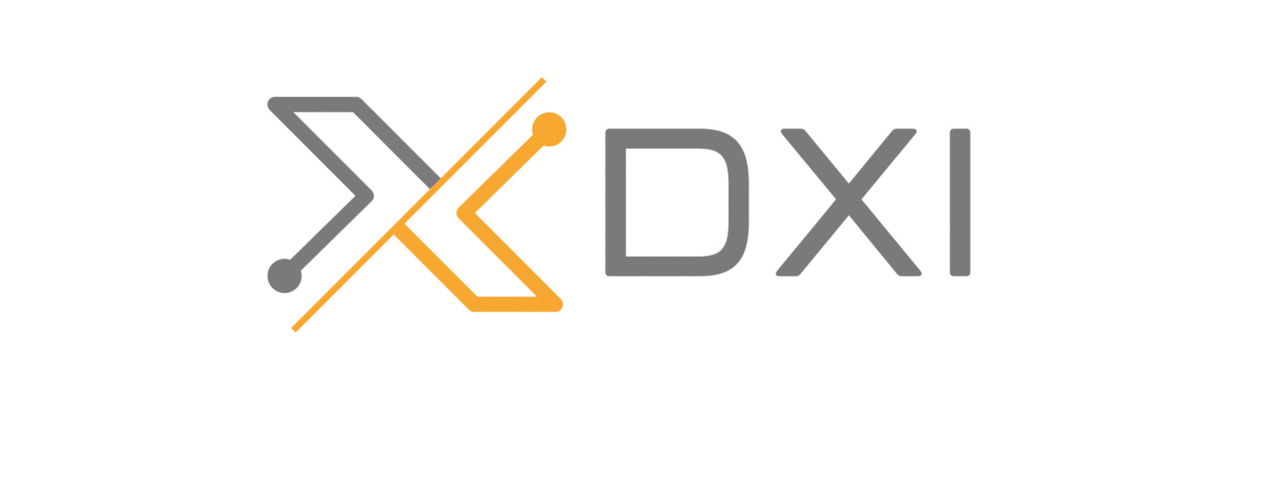

With the results of the "Digitalization of intermodal supply chains - KV4.0" research project, we are going one step further in the digitalization of intermodal transport. A central data hub is now available to all intermodal players and system users. This will make the highly complex logistical processes in efficient and climate-friendly intermodal transport even more transparent and clearer for all those involved in the transport chain. Order, timetable and status data are transmitted and received electronically and exchanged with an authorized distribution group in real time without barriers.

The special highlight: the companies connected to the data hub have direct access to a wide range of transport-related data via a single technical connection to the data hub. This ensures simple communication between freight forwarders, operators, infrastructure providers and rail transport companies and offers long-term benefits for internal and external information procurement. In addition, the high costs of maintaining several different interfaces for data exchange between different business partners are now a thing of the past.

Companies or organizations that want to publish timetable data on intermodal transport and make it available to the public free of charge are also connected to the data hub. The interface connection also ensures that the timetable data of all connected operators is always up-to-date and can be integrated into other IT systems in a standardized format.

The content of the hub is designed so that all data is always clearly identifiable via coordinated IDs, and this applies throughout Europe. Terminals, en route stations and other reporting points have unique designations, timetables have the same time parameters for all providers and are available to all participants for shared use. A total of 28 different reporting points along the intermodal transport chain were identified as part of the project, so that the relevant status information can always be exchanged for each user. The format for this is EDIGES 4.1.
Order data is made available electronically to all participants in the intermodal transport chain via suitable output media. From booking to collection, all actual status information on a loading unit can be queried, processed and individually evaluated at any time. Based on data from the two systems Leidis from DB Netz in Germany and TIS from RailNetEurope (RNE) for Europe, the connected RUs can provide electronic train running information on the entire European rail network for all parties involved in the transport. Up-to-date status information on the exact position and the respective deviation from the planned route enables users to adapt promptly to foreseeable delays and make new decisions. In the event of train delays, important additional information is provided regarding the availability of resources for the planned onward transportation.

